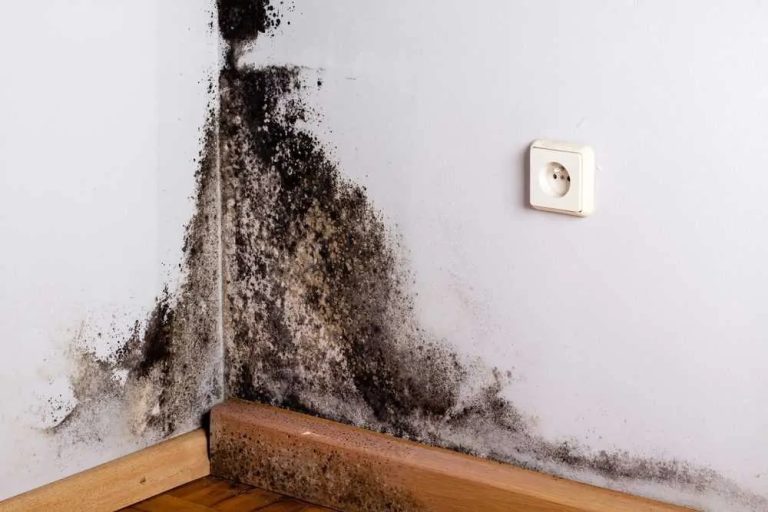Pest control guide – How to safeguard your home against termites?
As a homeowner, one of your worst nightmares is discovering a termite infestation. These voracious pests feast on wood and plant materials, causing massive damage to homes. The key to preventing termite disasters is being proactive and stopping them before they have a chance to get established. Arm yourself with information on their biology, inspection methods, preventative treatment options, and signs of infestation.
DIY termite inspection
Conducting regular inspections yourself is the first line of defense in catching termite activity before major damage occurs. Annual inspections in early spring are ideal. Pay special attention to potential entry points like foundations, attics, and unfinished basements or crawl spaces. Start by walking around the home exterior, checking the soil 6 to 12 inches out from the foundation for the presence of mud tubes, which are 0.5 to 1 inch wide. Probe wood trim, siding, and support beams with a screwdriver to check if the wood seems hollowed out or unusually soft. Tap wood with the handle of your screwdriver and listen for dull thudding instead of solid thwacking noises. Keep an eye out for temporary swarmers around doors, windows, and lights in spring. Sawdust-like frass and wood that appear blistered or bubbled can also indicate termites.
Head inside and inspect the basement foundation, support posts, beams and joists, and crawl spaces thoroughly. Pull back the insulation to check the condition of the wood and scan mud tunnels extending from dirt to wood. Verify no wood touches soil and moisture issues are addressed. Continue probing suspect wood and looking for frass, staining, blistered paint, and swarmers. Inspect along floor edges since termites exploit cracks. Check attics, including areas around pipes, vents, and ductwork. If you find damaged wood, collect samples in sealed containers for identification and evidence.
If your inspection comes back clean, keep it that way through some DIY prevention techniques. Eliminate all wood-to-soil contact around your property’s perimeter. Clear back mulch, wood debris, stepping stones, and grade soil to slope at least 6 inches away from your home’s foundation. Replace untreated rotting wood around the exterior with treated wood since termites attack decaying materials first. Seal all cracks in your home’s foundation and openings around utility pipes where termites enter. If you are looking for Pest Control in Raleigh service, consider installing wire mesh termite monitors in the soil around the house. This will allow you to keep an eye on them without disturbing the soil. These monitors contain untreated wood termites that will target once nearby, alerting you early.
Preventative treatments
Incorporating physical and chemical barriers further fortifies your home. Gravel, steel mesh, and sand traps set into the soil underneath and around concrete slabs hamper termite tunneling. Borate-based chemicals create a toxic area stopping termites before they reach wood. Termite shielding consisting of sheets of aluminum, steel, or mesh between foundation walls and vertical wood severs the mud tunnel connection. More intensive barrier treatments performed by raleigh nc pest control companies involve liquid termiticides. Traditional termiticides are either repellent or non-repellent and require drilling holes into concrete foundation walls and slabs to form an underground chemical barrier. Newer foaming or gel-based termiticides can penetrate hidden cracks without drilling. Such professional treatments typically carry warranties against termite infestation damage for 5+ years. Combine barriers with regular inspections for full protection.




